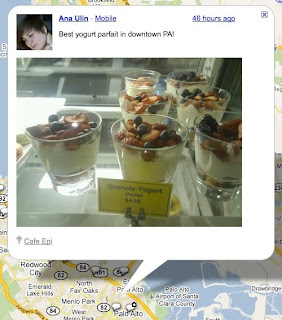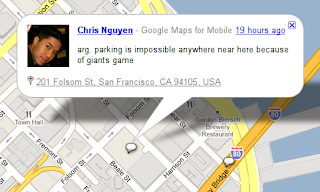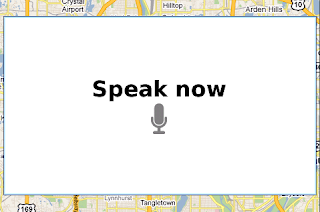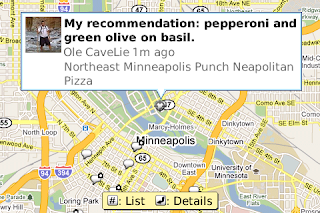Here at Google we’re really excited about the promise of tablet computers, which will be great for browsing the web and using apps. We’ve been working hard to optimize our services for the new format - larger touchscreens, increased portability, rich sensors - and we’d like to share some information about our progress so far.
While surfing the web on your iPad, we expect many of you will want to check your Gmail. If you go to gmail.com in your browser, you’ll see something different than what you’re used to on the desktop. We’re releasing an experimental user interface for the iPad built on the
Gmail for mobile HTML5 web app that we launched last year for the iPhone and Android devices. Those devices have large screens compared to other phones, and tablets like the iPad give us even more room to innovate. To take advantage of the iPad’s large display, we’ve created a two-pane view with your list of conversations on the left and messages to the right.

To try this new interface, go to
gmail.com in your browser. We recommend adding a
homescreen link for easy access. As this interface is experimental, expect changes as we continue to develop and optimize. Also, please let us know any
ideas or feedback that you have. You can also access Gmail on the iPad through the native Mail app using the
IMAP protocol.
Additionally, the iPad ships with a number of Google services pre-installed. As with Mac computers and the iPhone, you’ll find Google Search in the top right corner of Safari. The
YouTube app for iPad is built-in, so you can watch HD videos and read and write comments. The new
Maps app on iPad takes advantage of high-resolution satellite and Street View imagery, includes a new terrain view, and lets you search for local businesses and get directions. Just like on the iPhone, you can also go to the App Store to download
Google Mobile App with search by voice. Of course, Google Mobile App was originally designed for the iPhone’s screen dimensions, but we’ve adapted it to work on the iPad and we’re looking into new ideas to make the app even better.
As you use Google’s web-based applications on iPad, you’ll notice that you sometimes see the desktop user interface and other times you see the mobile interface. We’ve evaluated the behavior of each Google web app using the iPad Simulator, and we are serving the interface we feel works best. If you’d like any help using our products on iPad, please click the 'Help' link within the product.
We’re particularly excited by how tablet computers create the opportunity for new kinds of user interaction. Here on the mobile team, we often talk about how mobile devices are sensor-rich: they can sense touch through their screens, see with a camera, hear through a microphone, and they know where they are with GPS. The same holds true for tablet computers, and we’re just starting to work through how our products can become even better on devices like the iPad.
Update on April 4, 2010 @ 12:30 AM: The new Google Mobile App for iPad is currently not yet available in the App Store. The version that you can download now is the iPhone/iPod touch version.
Update on April 13, 2010 @ 11:40 AM: The new Google Mobile App for iPad is now available in the App Store.
Posted by Punit Soni, Product Manager, Google Mobile














.jpg)


